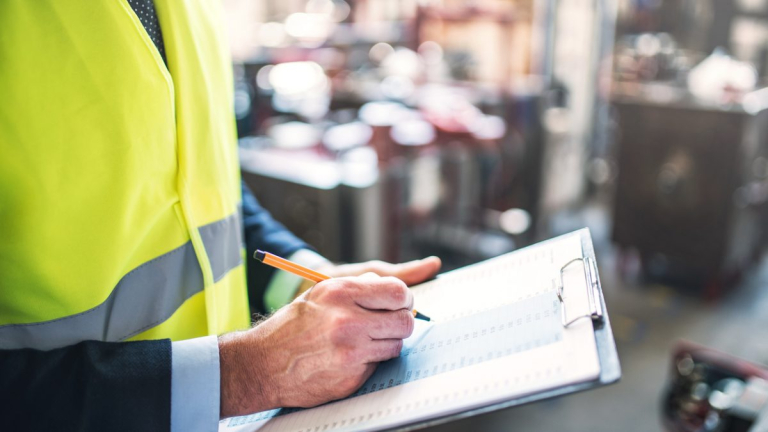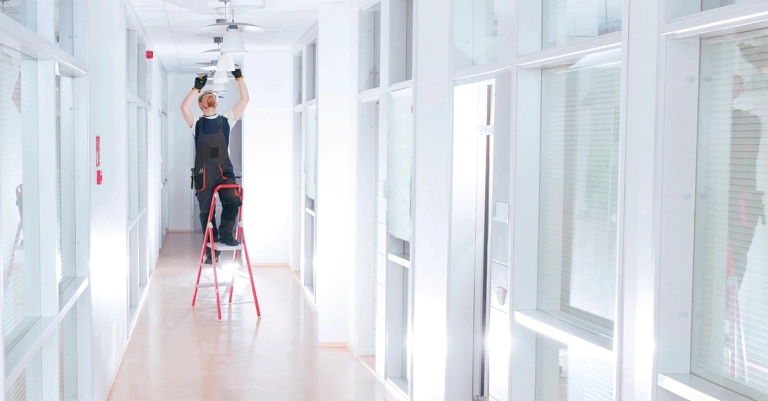The Role of Technology in Modern Warehouse and Factory Fit Outs
In the modern world of warehousing and factory fit outs, technology plays a critical role. The adoption of technology in warehouse and factory fit outs has revolutionized the way businesses operate, increasing efficiency, productivity, and profitability. In this article, we will discuss the various ways technology is transforming warehouse and factory fit outs and the benefits that come with it.
In the past, warehouse and factory fit outs were heavily reliant on manual labor and physical infrastructure. However, with the advent of technology, the approach to these fit outs has changed significantly. The use of automated systems, robotics, and the Internet of Things has transformed the traditional warehouse and factory floor into a high-tech, streamlined environment.
Automated Storage and Retrieval Systems (ASRS)
Automated Storage and Retrieval Systems (ASRS) have become increasingly popular in modern warehouse fit outs. ASRS are computer-controlled systems that automatically place and retrieve items from defined storage locations. These systems are capable of handling large quantities of goods, reducing the need for manual labor and improving efficiency.
Warehouse Management Systems (WMS)
Warehouse Management Systems (WMS) are software applications that support day-to-day warehouse operations. They enable businesses to manage inventory, pick and pack orders, and track goods from receipt to dispatch. WMS provides real-time visibility into warehouse operations, ensuring that businesses can make informed decisions and respond quickly to changing demands.
Robotics and Automation
The use of robotics and automation in modern warehouse and factory fit outs has significantly increased productivity and efficiency. Robots are capable of performing repetitive tasks faster and more accurately than human workers. Automation technologies such as conveyors, sorters, and pick-to-light systems have also enabled warehouses and factories to handle larger volumes of goods while reducing the need for manual labor.
Internet of Things (IoT)
The Internet of Things (IoT) refers to a network of interconnected devices that collect and exchange data. In warehouse and factory fit outs, IoT enables businesses to monitor and manage operations in real-time. For example, IoT sensors can track inventory levels, monitor the condition of equipment, and optimize energy usage.
Augmented Reality (AR) and Virtual Reality (VR)
Augmented Reality (AR) and Virtual Reality (VR) are technologies that enable businesses to provide immersive experiences for their employees. AR and VR can be used for training, maintenance, and repairs. For example, an employee can use an AR headset to access information about a product, or a VR headset to simulate the operation of machinery.
Benefits of Technology in Warehouse and Factory Fit Outs
The use of technology in warehouse and factory fit outs has several benefits, including:
- Increased productivity and efficiency
- Reduced labor costs
- Improved accuracy and quality
- Real-time visibility into operations
- Enhanced safety and security
To read more about this topic, check out previous blog post at How to Choose the Right Layout for Your Warehouse Fit-Out
For more general information on building then please visit: https://www.building.vic.gov.au/
Technology has transformed the way we approach warehouse and factory fit outs. The use of automated systems, robotics, IoT, and AR/VR has significantly increased productivity, efficiency, and safety while reducing labor costs. As businesses continue to embrace technology, the future of warehouse and factory fit outs looks bright.







